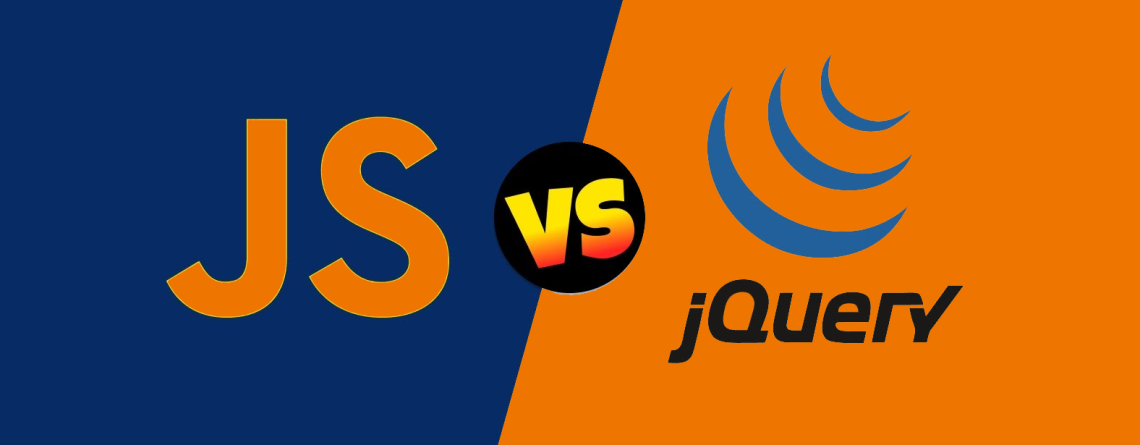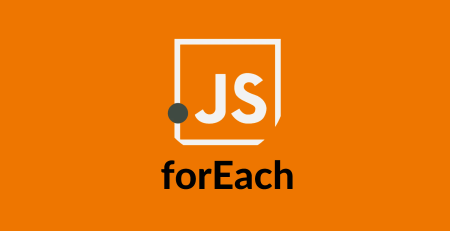jQuery vs. JavaScript Frameworks: Which One Should You Pick?
Your web development project’s result may be considerably impacted by your decision between the jQuery and JavaScript frameworks. Each choice offers advantages, therefore you should base your choice on the demands, complexity, and long-term objectives of your project. To help you make an informed decision, we will examine the conflict between the jQuery and JavaScript frameworks in-depth in this blog article.
Understanding jQuery
The JavaScript library jQuery is renowned for its quick performance, small size, and extensive feature set. It simplifies operations like HTML document navigation, event management, and animations, which facilitates interactions with web pages and DOM manipulation. We’ll list a few of its noteworthy qualities below:
- Ease of Use: jQuery is known for its simplicity. With concise syntax, it’s accessible to developers of all skill levels.
- Compatibility: It ensures compatibility across different browsers, abstracting away many cross-browser inconsistencies.
- DOM Manipulation: jQuery simplifies tasks like selecting elements, changing their attributes, and responding to user interactions.
- Large Plugin Ecosystem: jQuery boasts a vast plugin ecosystem, making it easy to extend its functionality.
Exploring JavaScript Frameworks
In contrast, JavaScript frameworks provide a comprehensive basis for building online applications, encompassing a range of tools and libraries to handle diverse tasks, from data processing to user interface control. Notable JavaScript frameworks such as React, Angular, Vue.js, and Ember.js stand as prominent examples of this comprehensive approach.
Here’s why you might consider using a JavaScript framework:
- Components: Frameworks encourage the use of reusable components, enabling a modular and organized approach to development.
- Data Binding: Many frameworks offer two-way data binding, automatically updating the UI when data changes.
- Virtual DOM: Some frameworks employ a virtual DOM for efficient updates, enhancing performance in complex applications.
- Routing: Built-in routing systems simplify navigation in single-page applications (SPAs).
jQuery vs. JavaScript Frameworks: When to Choose What?
Choose jQuery When:
- Rapid Prototyping: If you need to create a simple website or prototype quickly, jQuery’s simplicity can be a time-saver.
- Compatibility: jQuery is an excellent choice when you must support older browsers.
- Enhancing Existing Projects: If you have an existing project that relies on jQuery, there’s no need to migrate to a framework unless it becomes necessary.
Choose a JavaScript Framework When:
- Complex Applications: For complex, data-driven web applications, a JavaScript framework’s structure and organization can be a lifesaver.
- Scalability: When planning for long-term growth, frameworks offer scalability and maintainability.
- Single-Page Applications: If your project is an SPA with dynamic content and navigation, frameworks like React or Angular are well-suited.
- Team Collaboration: Frameworks offer guidelines and best practices, making it easier for teams to collaborate efficiently.
Final Thoughts
The choice of framework in a particular situation is context-dependent rather than absolute. Each option brings its own set of advantages, so opt for the one that aligns with your project’s specific requirements. In some scenarios, you might even blend the two, leveraging a framework to manage intricate components while relying on jQuery for straightforward tasks.
Ultimately, your decision will be shaped by factors such as your skillset, project scale, and performance objectives. Keep in mind that web development is a constantly evolving field, and remaining receptive to learning new methodologies and tools will prove advantageous in the long run.












Leave a Reply